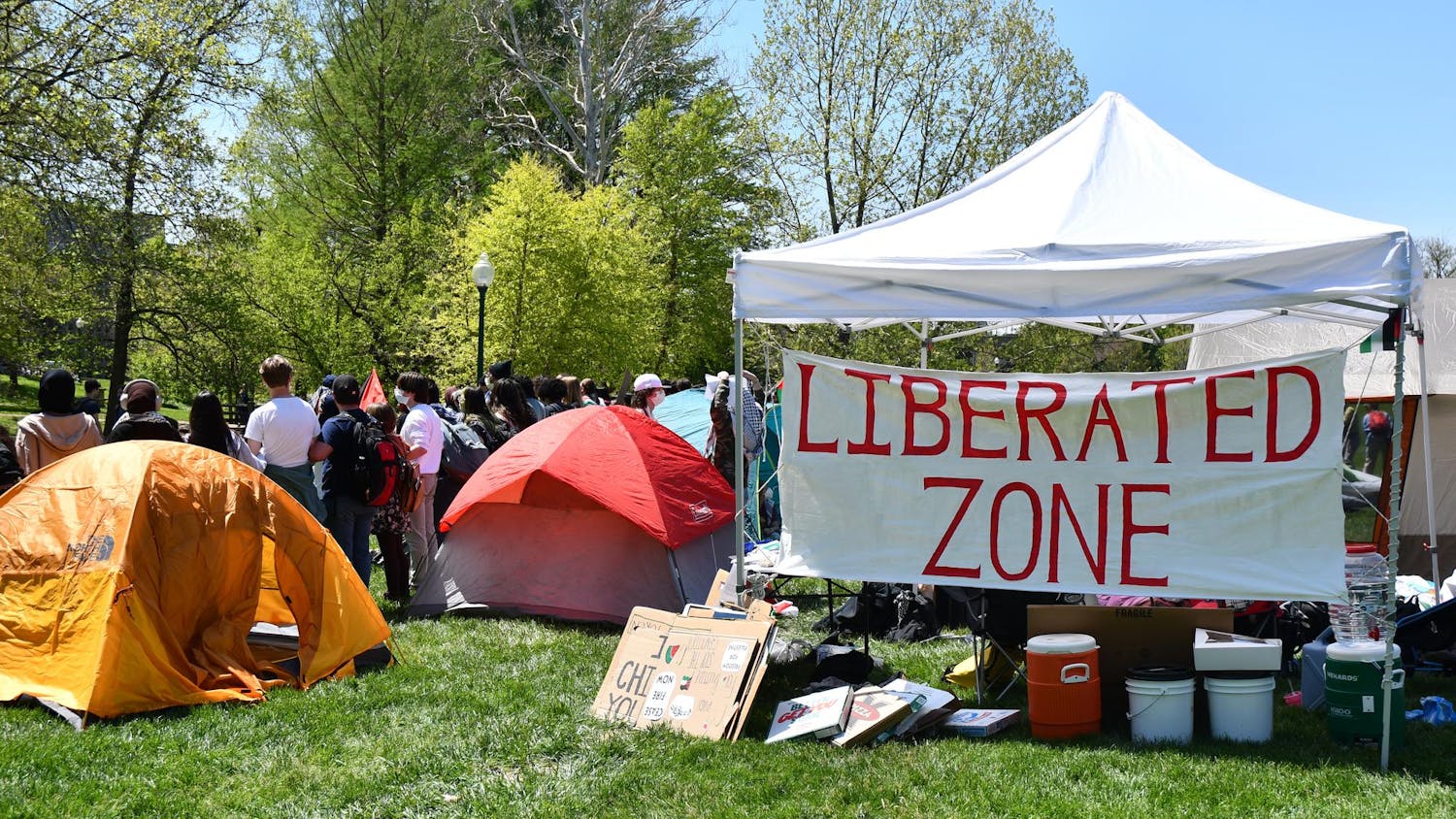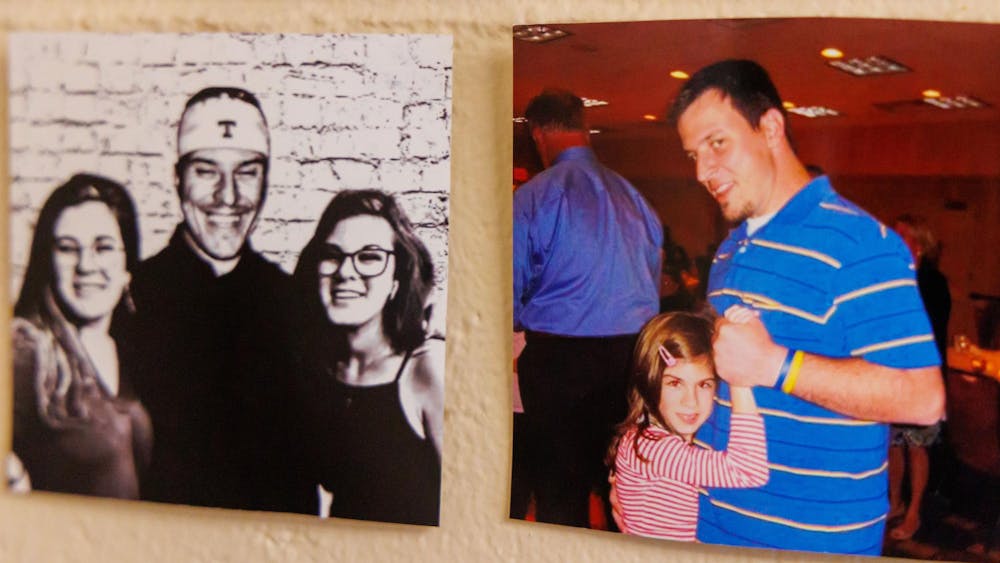Bobbie Summers has a six-page list sitting on her desk filled with the names of people she can’t place in Martha’s House.
The 28-bed temporary shelter for residents of Monroe, Owen and Lawrence counties has been at capacity since January, said Summers, the facility’s director.
“We just go weeks and weeks where we’re at 28 beds, and one bed opens up, and I have four people asking for the space,” Summers said. “We have just been really full.”
Before the economic downturn, there were weeks where there would only be 19 people in the shelter, and it wasn’t full for long periods of time, she said.
Today, the waiting list is full of crossed out names of people who no longer need shelter – they’ve either found other residency or been let into Martha’s House. To further help the ones who received a spot, the shelter increased the number of days a resident could stay from 90 to 120 in February.
Because Summers can’t house all the people that come to her door, she’s been doing what she can to find alternative housing. She often suggests shelters such as Backstreet Missions.
There’s a network of people in the community who allow others to temporarily sleep on their couches, and when things get bad, Summers suggests people sleep in their cars, if they have one.
“I’m trying to make sure that when they’re on that waiting list, they’ve got something until they can get in here,” Summers said. “Not all of them do though. I hate to admit that.”
Other centers such as the Monroe County United Ministries – which provides temporary assistance to families that are not homeless, such as helping them pay their utility bill for a month – have felt the pressure of more people in need, said Development Coordinator Rebecca Stanze.
The ministry has seen a 20 percent increase in the number of people they have seen this year compared to last, she said.
“There are a lot of people who are looking for employment and can’t find it,” Stanze said. “Some people that we see come in once, and we never see them again. Other people have chronic problems where they haven’t figured out how to balance their lives.”
While living in Martha’s House, residents are expected to find jobs within 30 days and save money so that when they are ready to leave, they have savings to help them pay their expenses.
“With our economy right now, it’s almost impossible to get a job within 30 days, but we expect them to,” said Tonya Rakhimkulova, a case worker for Martha’s House.
For those with disabilities or a criminal record, the job market can be a vicious cycle.
It can take years for a person to receive disability benefits once they’ve applied, Rakhimkulova said. Many people are afraid to accept a job because their chances of receiving disability benefits decreases.
Although trying to apply for disability benefits and not being able to get a job prohibit the flow of residents from leaving the shelter, Rakhimkulova stressed she doesn’t want to push people out too early.
“Some people get a job, stay two weeks and then leave, even though I encourage them to stay and save money,” Rakhimkulova said. “Then, they might lose their jobs and end up back at the shelter. I try to make people have a cushion in case they lose their job.”
Even if the economy gets better, Summers said there will always be people who need the shelter.
“Since January 2009, it seems the rules are completely changing, and more and more people are finding themselves in crisis,” Summers said. “I get calls every day from families that are finding themselves on the verge of being homeless.”
Martha’s House struggles to place potential residents during hard economic times
Get stories like this in your inbox
Subscribe





